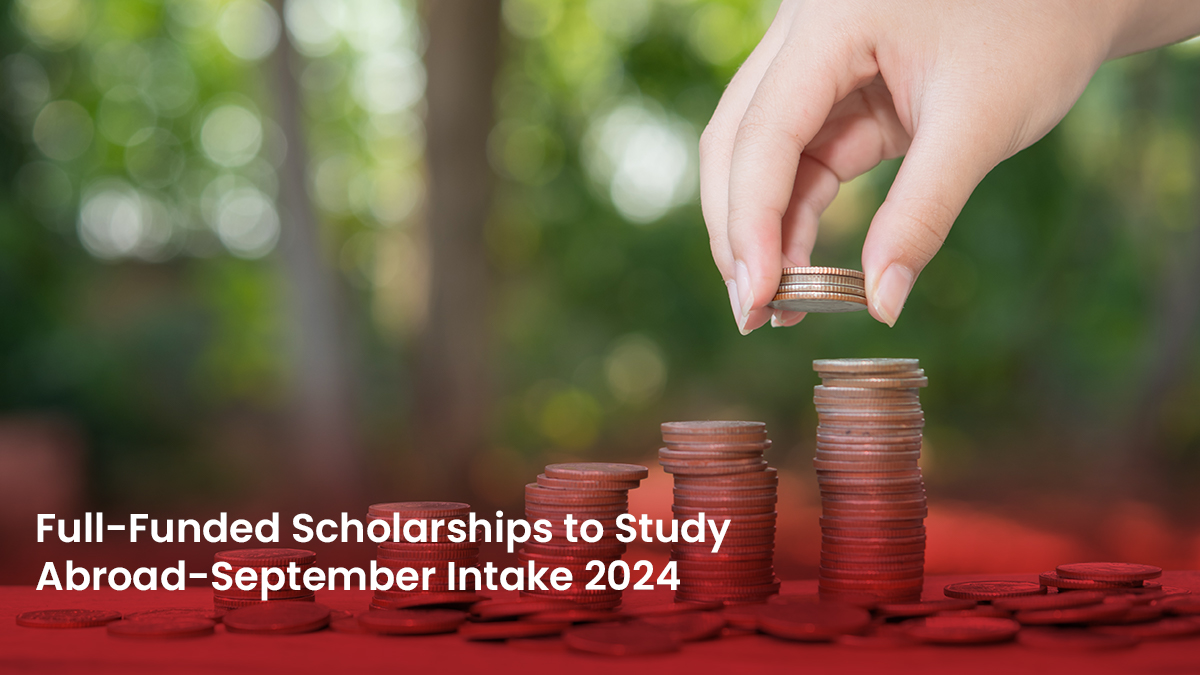India has once again reiterated that it is keen to take steps to boost the internationalization of higher education, which is also highlighted in the country’s National Education Policy (NEP) 2020.
At the recent United States-India Business Council (USIBC) India Ideas Summit held virtually, Education Minister Dharmendra Pradhan said that there are many measures laid out in the NEP, which are aimed in this direction and will help in giving access to quality, affordable, and world-class education to students.
Citing the example of India and the United States, Pradhan said that the two countries are very “reliable strategic partners” and now India is encouraging foreign academic tie-ups through a policy framework outlined in the NEP. Helping students and graduates upgrade their skills to cater to the evolving global job market is necessary.
The NEP discusses the need for more collaborations in teaching and research as well as faculty-student exchanges, which the Indian government plans to facilitate through mutually beneficial agreements. Besides entering into partnership programs and institutional tie-ups, foreign universities will be welcome to set up branch campuses in India.
While top Indian institutions will be encouraged to set up campuses in other countries, institutions ranked among the top 100 globally will be allowed to operate in India. The government is working on a legislative framework to facilitate this, which will cover aspects such as governance, regulatory, and other norms much like the autonomous institutions in India.
Some of the reasons for the Indian government to push for the internationalization of higher education is that it will lead to benefits such as global outreach, financial expansion, quality upgradation, knowledge gathering, and creation of a globally pertinent curricular framework with special focus on student mobility, faculty exchange, joint programs, and the setting up of new campuses.
The Indian government also plans to give impetus to student exchange programs to universities abroad and also to semester-abroad programs under twinning arrangements.
Since a number of Indian institutions engage with foreign ones for research and innovation, the government plans to expand these so that these contribute to expanding strategic research partnerships.
Another area that the government wants to prioritize is the collaboration between alumni at various foreign universities for academic and research activities. Indian institutions will be encouraged to prepare country-specific reports based on academic and market research on the priorities of prospective students so that India can be developed into a popular study destination.
Regulatory and other key bodies will be roped in to devise and implement country-specific strategies across key destinations to attract more students from those markets.
Since India has a large higher education system with various kinds of programs and institutions to cater to the needs of its vast student population and demography, it also offers higher education in the online or distance learning mode. The government wants to tap into this as well when it comes to internationalization by asking some of the universities to formulate systemic campaigns to enroll more foreign students.















































